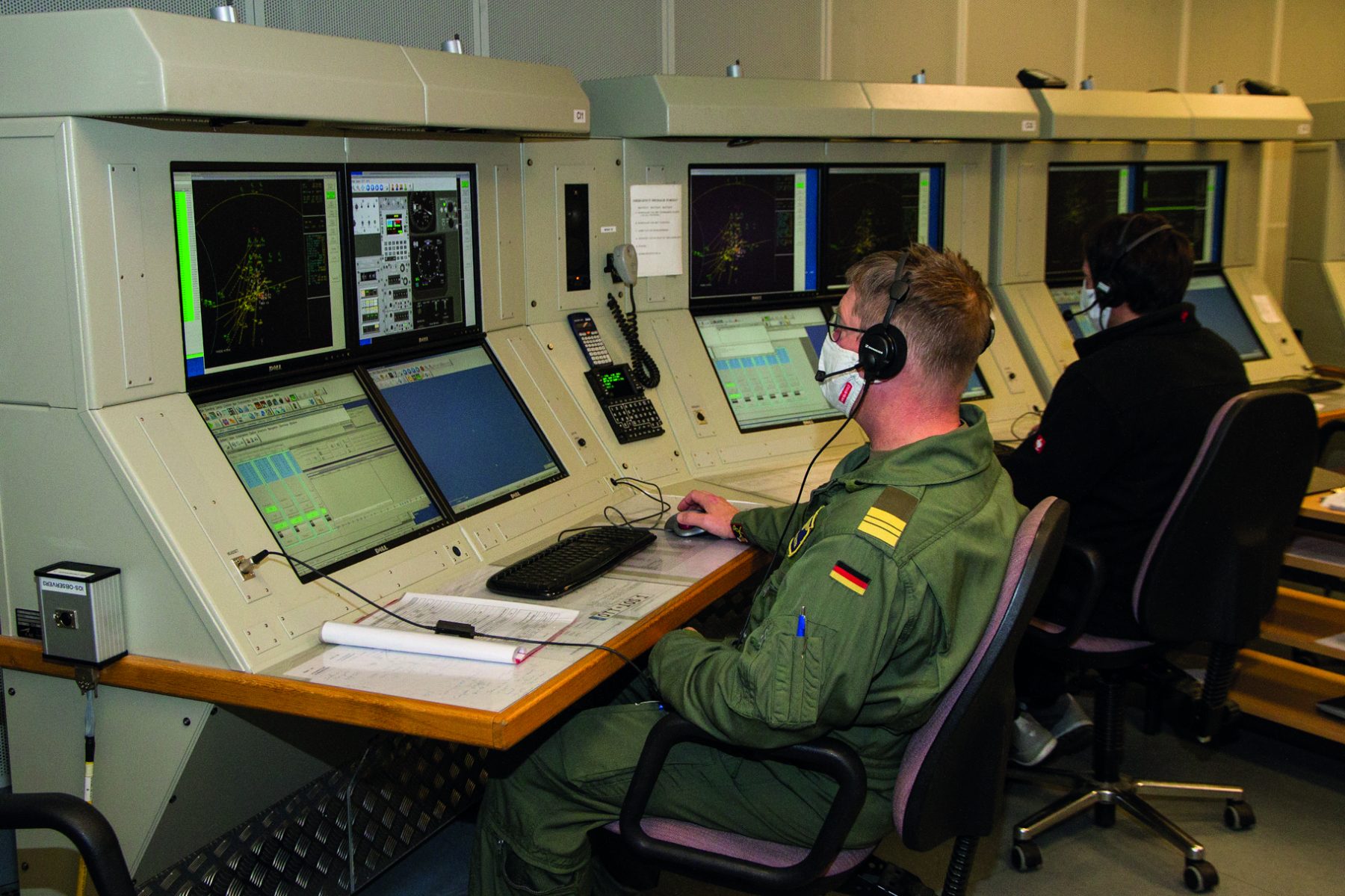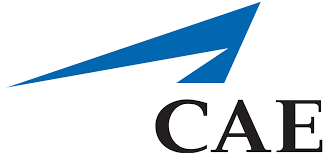The aeronautical training of military pilots is demanding. This applies in particular to the demanding tasks in the maritime environment. Simulation technology is becoming increasingly important due to the increasing complexity of aircraft and missions. CAE has been supporting the Navy's pilot training for over 40 years with the latest technology and the best possible expertise.
The naval aviators make an indispensable contribution to the fulfillment of tasks in the navy. They have to withstand special challenges and weather conditions. Be it in submarine hunting, maritime surveillance or in the search and rescue service (SAR), which is always on alert: even the smallest mistake can have fatal consequences under these conditions. These tasks therefore require well-trained, highly professional specialists. In view of the constantly increasing digitization of aircraft, the training of flying personnel and permanent crew members is becoming more and more demanding.

However, the training can only be shown to a certain extent in real aircraft. On the one hand, these are often tied to other tasks and are therefore not available for training needs. On the other hand, some of the procedures to be practiced are too dangerous for people and material to be practiced regularly on the real device. State-of-the-art simulation technology offers an important addition to the training curriculum at this point. The simulator-based training also reduces cost pressure, personnel requirements and wear and tear on the weapon systems. In view of the prevailing shortage of pilots, the relief of personnel by experienced and highly qualified trainers can be a great advantage. In addition to the device, training on the simulator also protects the environment: Significantly lower CO2– and noise emissions reduce the burden.

CAE has been the leading manufacturer of flight simulators and operator of entire training centers for decades. For more than 40 years, the company has also made this expertise available to the German Navy. The simulation options have developed significantly over the last few decades: in addition to simple process trainers, highly complex training systems now enable deployment preparation under realistic conditions. To this end, simulators combine the hardware and software with excellent vision systems and a sophisticated synthetic environment. Modern simulators convey very realistic impressions right up to the limit and allow the crew members to immerse themselves almost completely in the exercise environment. Thus, simulator flight hours can also be used to fulfill the military Tactical Combat Training Program (TCTP) and, with a corresponding certification, to obtain aviation licenses.
CAE currently operates simulators for almost all of the German Navy's airborne weapon systems: for the P-3C Orion maritime reconnaissance aircraft, the SEA LYNX Mk88A on-board helicopter and the SEA KING Mk41. CAE will also provide the training system for the NH90 SEA LION in the future. It consists of an operational flight trainer (OFT) for the pilot and co-pilot, a console station for the tactical coordinator and a rear cabin trainer for crew training in the rear of the aircraft. They can all be linked together so that the entire crew can train together - including a realistic movement. The training system is rounded off by a cockpit procedure trainer for focused practice of individual processes. Additional components can be added to this training system in the future so that it can also be used for training the Mk88A successor, the NH90 SEA TIGER. Since both NH90 derivatives are largely technically the same, CAE could use considerable synergies with the SEA LION and save potential in providing the necessary SEA TIGER training components.
CAE is currently providing an OFT for the P-3C Orion, which can be coupled with the specially developed Operational Tactic Trainer (OTT). This allows the simulation of realistic scenarios in which the entire flight crew can train to complete a joint mission. Experienced CAE employees accompany the exercises and ensure the best possible quality of training. The Bundeswehr is currently looking for an alternative to the P-3C Orion. With decades of experience, CAE offers comprehensive and established training solutions for all potential successor platforms and can thus ensure a seamless transition to the new platform and thus safety, efficiency and operational readiness of naval aviation.
CAE GmbH
Steinfurt 11
52222 Stolberg
Phone: +49 (0) 2402 106-0
info@cae-gmbh.de
de.cae.com

